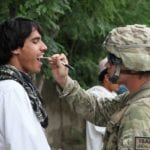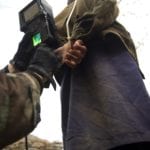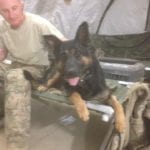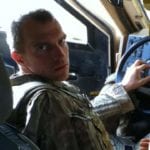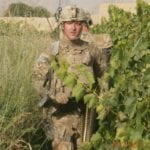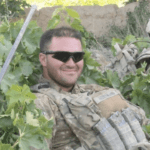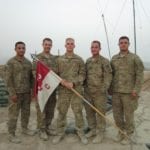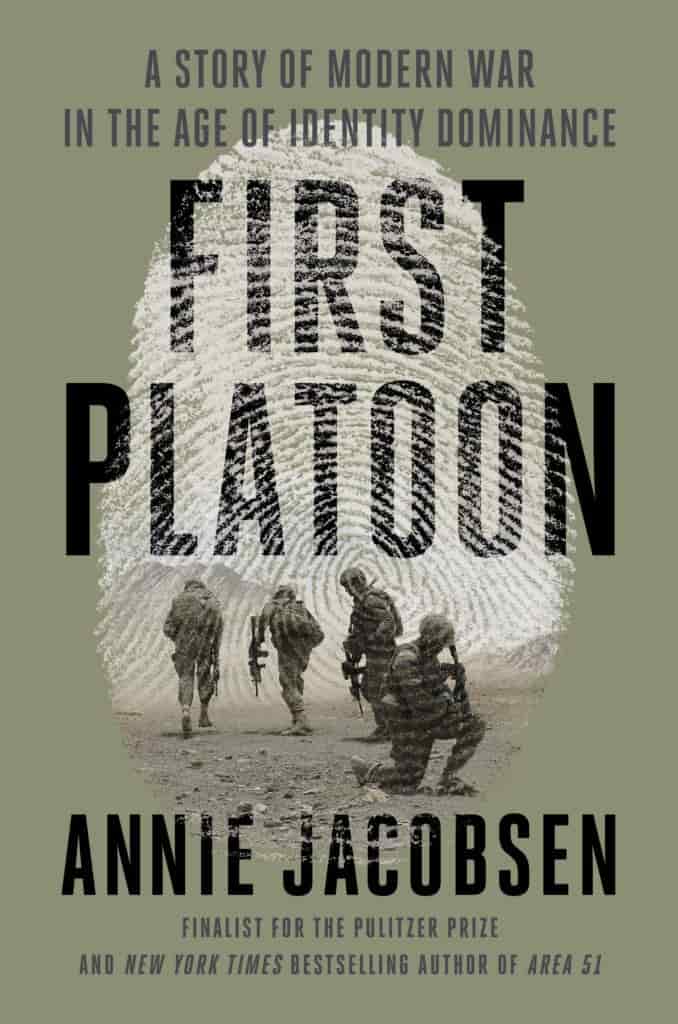
An urgent investigation into warfare, good, and evil in the age of biometrics, the technology that would allow the government to identify anyone, anywhere, at any time.
This is a story that starts off close and goes very big. The initial part of the story might sound familiar at first: It is about a platoon of mostly nineteen-year-old boys sent to Afghanistan, and an experience that ends abruptly in catastrophe. Their part of the story folds into the next: inexorably linked to those soldiers and never comprehensively reported before is the U.S. Department of Defense’s quest to build the world’s most powerful biometrics database, with the power to identify, monitor, catalogue, and police people all over the world.
First Platoon is an American saga that illuminates a transformation of society made possible by this new technology. Part war story, part legal drama, it is about identity in the age of identification. About humanity—physical bravery, trauma, PTSD, a yearning to do right and good—in the age of biometrics, which reduce people to iris scans, fingerprint scans, voice patterning, detection by odor, gait, and more. And about the power of point-of-view in a burgeoning surveillance state.
Based on hundreds of formerly classified documents, FOIA requests, and exclusive interviews, First Platoon is an investigative exposé by a master chronicler of government secrets. First Platoon reveals a post–9/11 Pentagon whose identification machines have grown more capable than the humans who must make sense of them. A Pentagon so powerful it can cover up its own internal mistakes in pursuit of endless wars. And a people at its mercy, in its last moments before a fundamental change so complete it might be impossible to take back.
Photos (left to right): U.S. soldiers collect DNA, iris scans, and fingerprints on Afghan villagers, including the living and the dead. The goal of the Defense Department program was to biometrically catalogue 80% of Afghanistan’s 25 million citizens. Most soldiers performing these duties had little idea of what the program entailed. Today, tens of millions of biometric profiles, of American citizens and foreigners alike, are stored at the Biometric Technology Center in West Virginia—the first joint biometric initiative of the Department of Defense and the Department of Justice on U.S. soil.
Photos (left to right): First Platoon paratroopers during the 2012 deployment: Bynes and Walley; Thomas at a burn pit; Williams and the bomb dog; Fitzgerald at the wheel of an MATV; Haggard in the grape rows; Gray and Twist ready for a dismounted foot patrol; Herrmann pauses in the grape rows; Infantry officers Moreno, Tinsley, Meyer, Swanson, Coulthard on the rooftop at Strong Point Ghariban; platoon mates gather for a buzz cut; Walley, his parents, and President Obama: “The nation is grateful for your outstanding service!”




